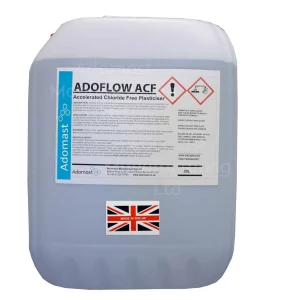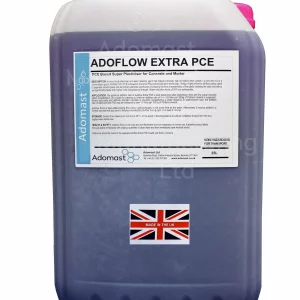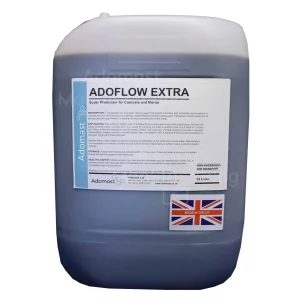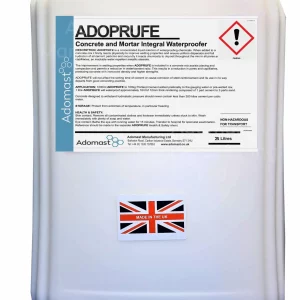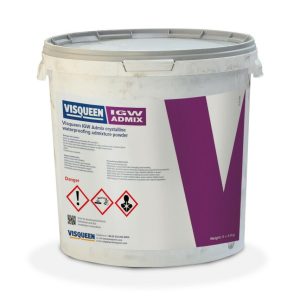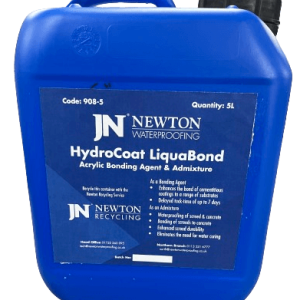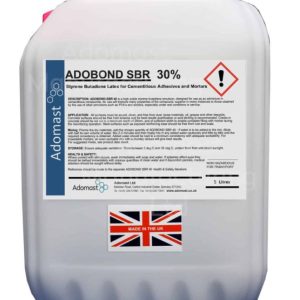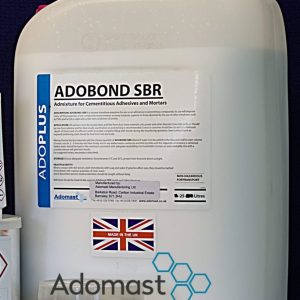Bonding Agents & Admixtures
Brand
Type
Pump Type
Pump Size
Inverter Size
Battery Size
Number of Pumps
Discharge Points
Width
Length
Area
Size
Material
Components
Features
Pack size
Suitable for
Color
Thickness
Maximum Repair Depth
Application Area
Variants
Depth
Density
Range
Showing all 12 results
-
Adomast Adoflow ACF Concrete Accelerator & Plasticiser – 25 Litre
£82.90 incl. VAT£69.08 excl. VAT -
Adomast Adoflow ACF Concrete Accelerator & Plasticiser – 5 Litre
£19.43 incl. VAT£16.19 excl. VAT -
Adomast Adoflow Extra PCE High Efficiency Superplasticiser – 20 Litre
£78.89 incl. VAT£65.74 excl. VAT -
Adomast Adoflow Extra PCE High Efficiency Superplasticiser – 25 Litre
£96.29 incl. VAT£80.24 excl. VAT -
Adomast Adoflow Extra Super Plasticiser for Concrete – 25 Litre
£67.97 incl. VAT£56.64 excl. VAT -
Adomast Adoflow Extra Superplasticiser for Concrete – 5 Litre
£19.62 incl. VAT£16.35 excl. VAT -
Adomast Adoprufe Integral Concrete Waterproofing – 25 Litre
£88.30 incl. VAT£73.58 excl. VAT -
Adomast Adoprufe Integral Concrete Waterproofing – 5 Litre
£17.94 incl. VAT£14.95 excl. VAT -
Visqueen IGW Admix – 6 Bags in 1 Container
£473.09 incl. VAT£394.24 excl. VAT -
Newton HydroCoat LiquaBond – 5 Litre
£62.22 incl. VAT£51.85 excl. VAT -
Adomast Adobond SBR Bonding Adhesive – 5 Litre
£30.10 incl. VAT£25.08 excl. VAT -
Adomast Adobond SBR Bonding Adhesive – 25 Litre
£112.42 incl. VAT£93.68 excl. VAT
Showing all 12 results
